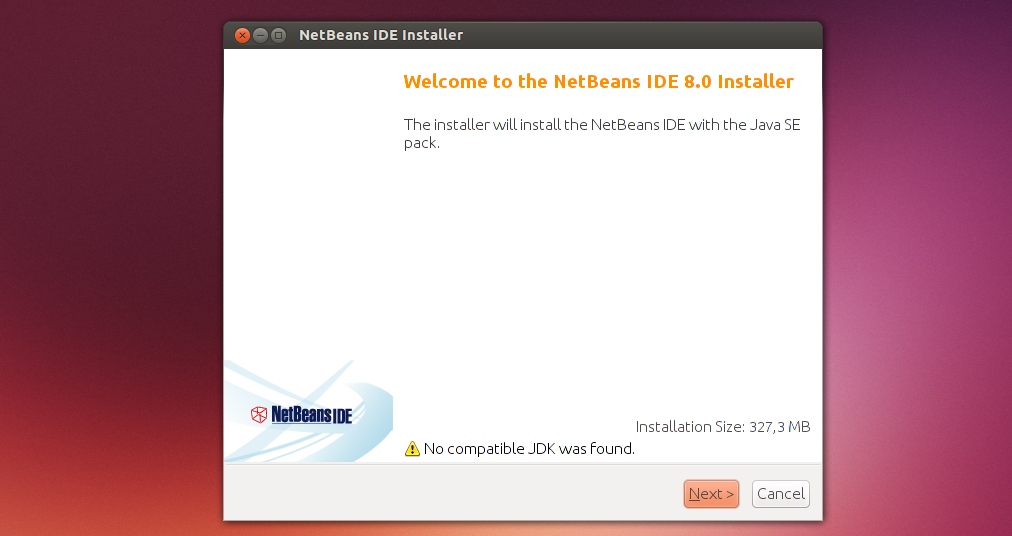

#ORACLE NETBEANS DRIVER#
As long as we put the ojdbc10.jar file in the classpath, JDBC driver manager can detect and load the driver automatically. You can register this driver as follows: DriverManager.registerDriver(new ()) or: Class.forName("") NOTE: Since Java 6 (JDBC 4.0), registering the driver explicitly as above becomes optional.


Register Oracle JDBC driverThe Oracle JDBC driver class name is. String url = "jdbc:default:connection:"Because in that environment, the driver actually runs within a default session, and the client is always connected so the connection should never be closed.
#ORACLE NETBEANS PASSWORD#
Same as Thin Driver, but runs inside an Oracle server to access a remote serverĪccording to Oracle, if your JDBC client and Oracle database server are running on the same machine, you should use the OCI Driver because it is much faster than the Thin Driver (The OCI Driver can use Inter Process Communication – IPC, whereas the Thin Driver can use only network connection).For example, if you want to connect user tiger with password scott to an Oracle database with SID productDB through default port on host dbHost using the Thin Driver, you can construct the URL as follows: String url = using the OCI Driver: String url = url = you have a TNSNAMES entry productionDB in the tnsnames.ora file, you can construct the URL as follows: String url = the Server-Side Thin Driver, use the same URL as the Thin Driver.For the Server-Side Internal Driver, use the following URLs: String url = "jdbc:oracle:kprb:" Oracle categorizes their JDBC driver into four different types, as described in the following table:įor client-side use without an Oracle installationįor client-side use with an Oracle installation
#ORACLE NETBEANS CODE#
This JDBC tutorial helps you write Java code to establish database connection with an Oracle database server – the first step to have Java applications working with one of the most popular database systems.


 0 kommentar(er)
0 kommentar(er)
